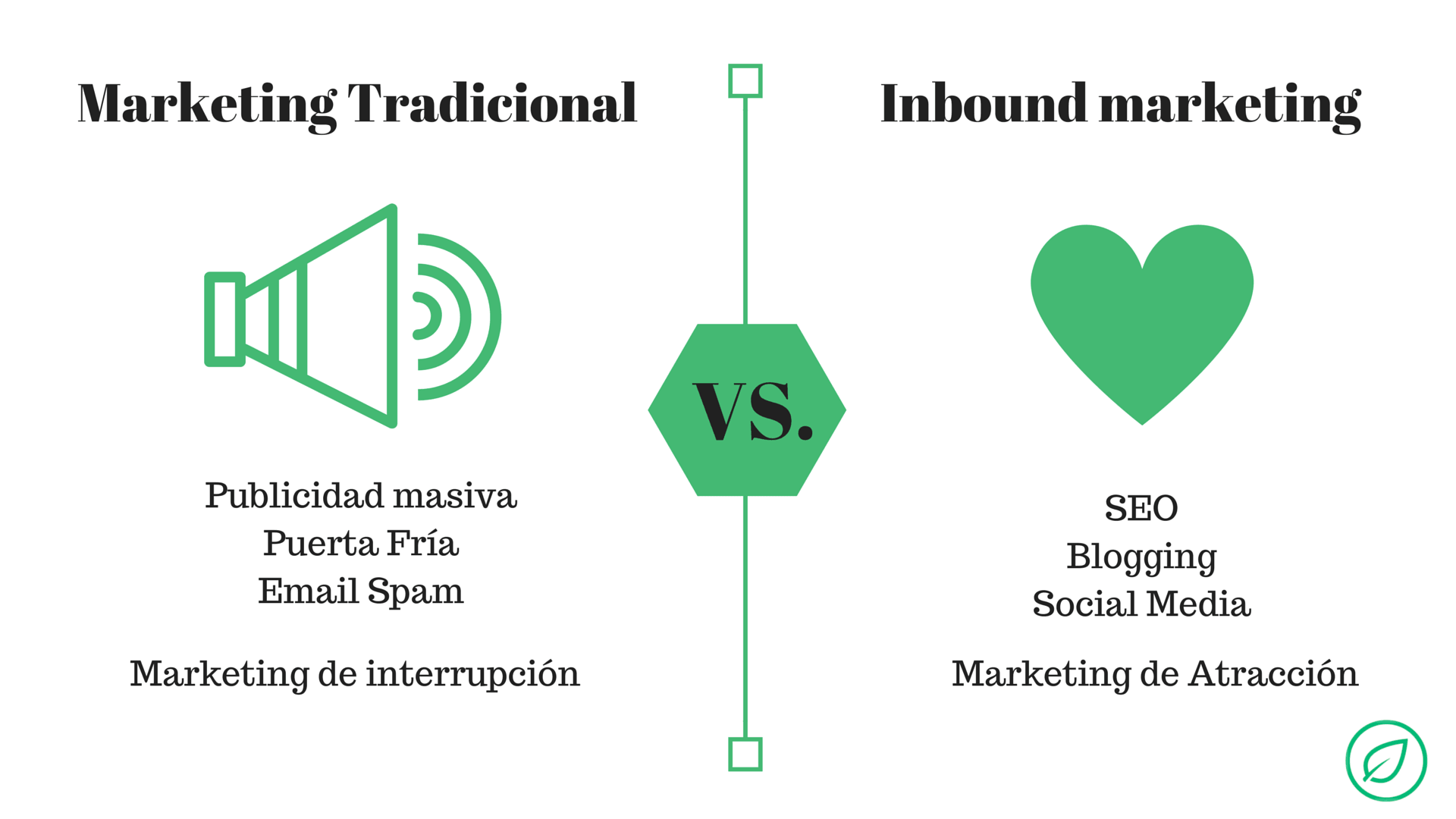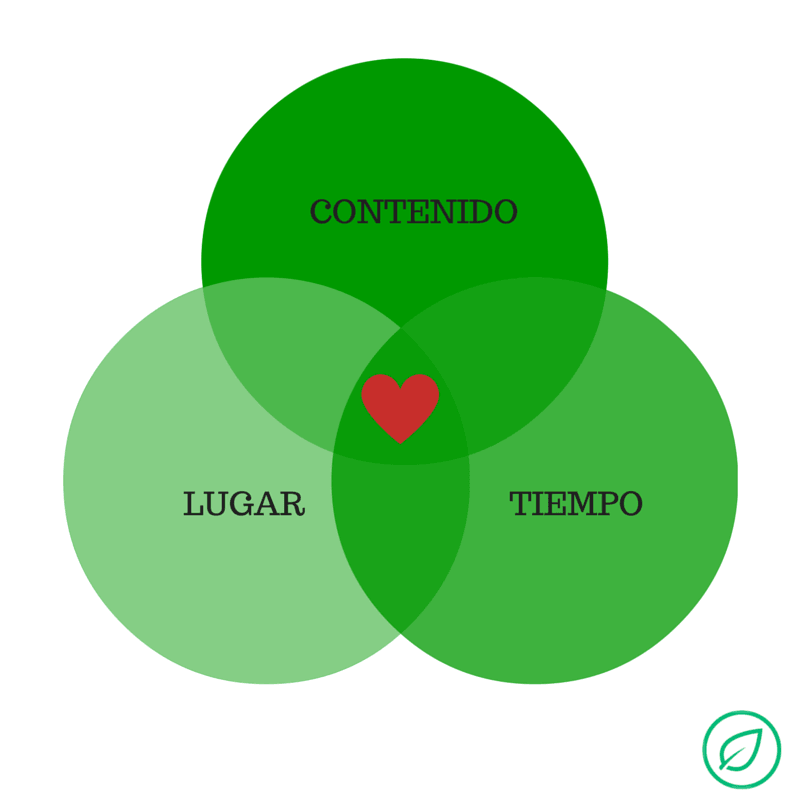¿Qué es el Inbound Marketing y por qué utilizarlo?
El marketing digital es un sector en constante cambio en el que surgen nuevos conceptos y metodologías cada dos por tres. Por ello, estoy segura que en los últimos años has oído hablar constantemente de las maravillas del Inbound Marketing. Ahora bien, ¿qué es el Inbound Marketing?
El concepto fue creado en 2005 por Brian Hallingan, cofundador y CEO de Hubspot. No obstante, fue años después coincidiendo con la publicación del libro “Inbound Marketing: Get Found Using Google, Social Media, and Blogs“ en 2009, cuando se popularizó el término.
El inbound pretende alejarse del marketing tradicional, que usa técnicas intrusivas y proporciona al usuario informaciones que no ha solicitado. Para ello, recurre a la compra de listas de emails, anuncios en los medios, puerta fría, etc. Este marketing ya no es lo suficientemente efectivo. Por un lado, los consumidores están demasiado acostumbrados a los impactos publicitarios y, al mismo tiempo, saturados por la gran cantidad de información. Por otro lado, las técnicas antiguas son cada vez más caras y menos efectivas, y los consumidores han aprendido a evitarlas o bloquearlas. Todo esto hace que ya no crean en los mensajes publicitarios y que con el surgimiento de las nuevas tecnologías tengan mayor poder de decisión.
Frente a esto, el inbound marketing es una metodología que combina varias técnicas de marketing, basadas en la atracción de tráfico web y la automatización del marketing, como el SEO, las redes sociales, el e-mailing o el blogging. Y entre ellas, por supuesto, se encuentra el marketing de contenidos, que es la más técnica más relevante.
El inbound marketing se apoya en compartir y crear contenido para captar clientes. Pero, no cualquier tipo de contenido, sino contenido personalizado y que ofrezca valor a los potenciales consumidores. Las marcas deben alinear el contenido que publican con los intereses de sus consumidores y generarles experiencias positivas. ¿Con qué objetivo? Aumentar el número de visitantes de una determinada web, blog o perfil social, y conseguir que se registren con el fin de que se acaben convirtiendo en leads.
A la hora de hacer una estrategia de inbound marketing tenemos que centrarnos en aportar valor a nuestro cliente y no exclusivamente en aumentar las ventas, por lo que es necesario tener en cuenta estas dos variables:
Buyer Persona:
Al contrario que el marketing tradicional, el inbound pretende ir a un target muy específico. Antes de lanzar estrategias, debes conocer quien es tu “buyer persona“, ya que toda tus acciones se va a centrar en él. Se trata de una representación semi-ficcional de tu consumidor ideal basándote en variables sociodemográficas, de intereses y de comportamiento. Para conseguir esto, hay que llevar a cabo tres acciones clave: investigación, identificación de tendencias y crear un prototipo de perfil. ¡No le hables al montón, háblale a tu cliente ideal!
Buyer Journey:
Cada interacción que tu buyer persona tiene con tu empresa debe ser categorizada en el “buyer journey”, el proceso por el cual un extraño se convierte en un consumidor fidelizado. Los usuarios pasan por diferentes etapas a la hora de interactuar con una empresa y tu como empresa debes dirigirte a ellos teniendo en cuenta la etapa en la que se encuentran. Necesitas tener contenido preparado para cada etapa. En vez de hablar de top, middle o bottom en el embudo de conversión, el buyer journey se divide en tres etapas: conocimiento, consideración y decisión.
¿Cuáles son las principales claves del inbound marketing?
Contenido, contexto y distribución:
Crear contenido (blog, social media, podcasts, ebooks, etc) pensado para tu público objetivo y que responda sus preguntas y necesidades. Tiene que estar optimizado para SEO y debes distribuirlo en tus perfiles sociales para conseguir una mayor viralización del contenido.
Multi-canal y Multi-formato:
No te enfoques en un solo canal, utiliza todos los que creas que pueden albergar tu target. Las redes sociales van a ser nuestro gran aliado para llegar a más gente y también para que compartan nuestro contenido. Tampoco te ciñas a un solo formato, piensa en todas las posibilidades existentes para atraer a tu posible consumidor, desde landing pages hasta ebooks.
Personalización:
Una vez tienes una base de leads con sus datos, puedes conocer mejor a tus posibles consumidores. Esto te permitirá personalizar los mensajes al máximo para enviar el contenido que realmente los usuarios están buscando y aumentar tus posibilidades de venta.
Integración:
Cuando ya has creado el contenido y lo has publicado, tienes que ir un paso más allá y analizar como está funcionando a través de la analítica y la monitorización. Al igual que tienes que analizar los tipos de leads que tienes y cómo interactuar con ellos. Solo así podrás ir puliendo tu estrategia.
Por último, el inbound marketing se basa en 4 grandes pilares: Atraer, Convertir, Cerrar y Fidelizar. En cada una de estas etapas hay que usar unas determinadas herramientas, aunque algunas de ellas pueden ser útiles en diferentes etapas.
Atraer:
En la primera etapa debes atraer “extraños” a tu sitio y convertirlos en visitantes. No vale cualquier tráfico a tu sitio, necesitas captar el tráfico adecuado. Queremos aquellas personas potenciales de convertirse en nuestros consumidores. Es decir, nuestros buyer persona. Las técnicas más importantes para conseguirlo son blogging (keywords), web site optimizada y social media.
Convertir:
Una vez has conseguido nuevos visitantes, el siguiente paso es convertirlos en leads consiguiendo su información de contacto para generar una base de datos de calidad. Para conseguir esta información necesitas ofrecerles algo a cambio, es decir, contenido: ebooks, whitepapers, presentaciones, etc. Las técnicas más importantes a utilizar son los formularios, los Calls to action y las landing pages.
Cerrar:
Ahora que ya has conseguido los “leads” adecuados, es hora de transformarlos en consumidores. Las técnicas que debes usar para ello son el email marketing combinado con CRM para enviar la información ideal a los leads correctos en el momento adecuado. No todos los leads son iguales. Dependiendo de la fase del buyer journey en la que se encuentren, las oportunidades de negocio serán más altas o menos. En esta fase son imprescindibles dos técnicas para trabajar la información relacionada con los leads: el lead scoring y el lead nurturing, las cuales te ayudaran además a conseguir la automatización del marketing.
Fidelizar:
Una vez ese “extraño” se ha convertido en consumidor, no puedes olvidarte de él. Necesitas mantener al cliente satisfecho. Tienes que fidelizarlo, convirtiéndolo en un “evangelizador” de tu marca, productos o servicios. Puedes utilizar encuestas, monitorización social, etc.
En el siguiente artículo explicaré más detenidamente los conceptos de buyer persona y buyer journey.





